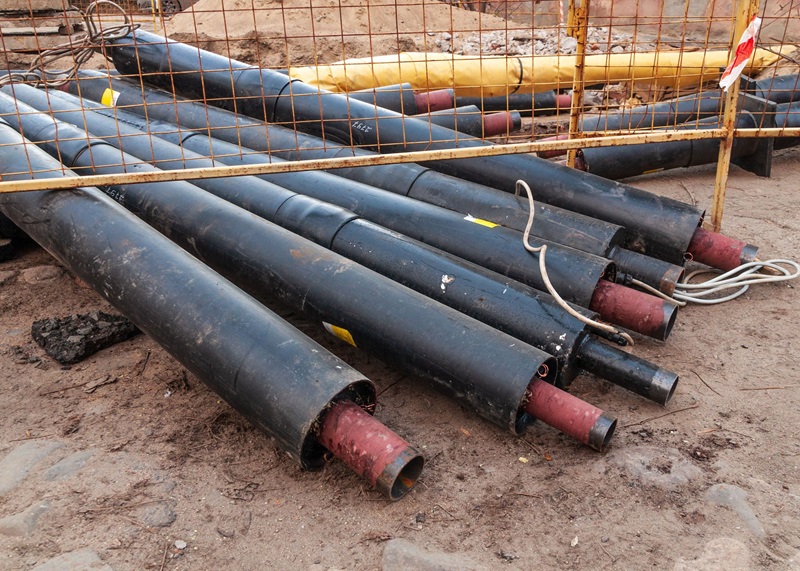How NatCat parametrics can complement traditional insurance

Parametric insurance can act as a complementary product to fill in gaps in traditional insurance policies or as a standalone option, speakers said Tuesday at the RIMS Canada Conference in Vancouver.
In some cases, parametric insurance can be used to insure underground assets, such as pipes, that are otherwise completely uninsured, conference attendees heard.
“Think of it as another tool in your risk management toolbox,” says Youssef Abdul Baki, a structurer at Swiss Re Corporate Solutions. “It’s just meant to help plug in some of the gaps in your traditional [insurance policies].
“It can be used to infill a deductible. It can be used to top up limits. It can be used for any non-physical damage, BI, extra expense, as long as it’s tied to that trigger event, which is an earthquake, or a hurricane, or a hailstorm,” Baki used as examples.
Parametric insurance is not meant to replace traditional insurance, although this can be the case sometimes, he says. “We’re seeing clients buy them both because they really complement each other really well.”
In a nutshell, parametric insurance is just a different way of buying and transferring insurance, Baki says during the session, Parametric Insurance: The Key to Building Resilience After a Catastrophe.
Colin Harper, managing director of alternative risk transfer at Aon, uses the example of earthquake. “What we’re saying is, ‘If the ground shakes at X location for X duration at X severity, you receive X payout,” he says. “The X is solved for in advance and confirmed in real-time by an independent third party. So, it’s going to be a governmental data source that tells us where the ground shook and how severely it shook.”
Uninsured assets
Harper uses the example of a public entity that purchased parametric earthquake cover for a specific location to protect underground pipes running through a municipality. “Now, these underground pipes are important because 1) it’s $1,000 per linear foot to replace them, which does not include the cost of digging up the bad pipe and disposing of it, and 2) underground assets are completely uninsured, so the financial burden on the organization is massive, absolutely massive.”
In this case, the boundaries of the municipality were identified along with the areas of underground pipe. An index was then set up to deploy a pre-agreed-upon amount of capacity when the shake intensity at a specific location reached a point at which the index was triggered.
“This isn’t about providing capacity in a less expensive manner than what you currently obtain in the open, traditional market,” Harper says. “Think of this as more of a financial mechanism to pre-finance untransferred economic disaster.”
Parametric programs typically contractually settle within 30 or 60 days, depending on the counterparty. Also, there’s no financial deductible associated with a parametric claims payout, Harper says. Using earthquake as an example, if an index triggers at a Magnitude 6.0 event and above, “that means 5.9 and below is your deductible.”
Consider a 10% or 20% deductible on $500 million or $1 billion. “It’s a lot of money,” Baki says. “So, using [parametric insurance] as a deductible infill is a really great way…it’s a creative insurance product.”
Parametric insurance can also cover other expenses. “Something like debris removal is going to be sub-limitted aggressively,” Harper says. “You’re going to rip through that the first day of recovery.
“You’re going to have expense related to overtime for emergency workers,” he adds. “You might have to house employees. You’re going to have to do all sorts of things and take care of your community.
“All of that is an expense which you’re going to bear.”
Baki says parametrics can be used for “literally any industry.” This includes public entities, municipalities, residential construction, real estate, golf courses, and transmission and distribution lines, among others.
“This is industry-agnostic. This is size-agnostic,” Harper says. “If you see this exposure, and it isn’t currently transferred and we can collect the data, then we can put a program in place.”
Feature image by iStock.com/Anton Novikov







